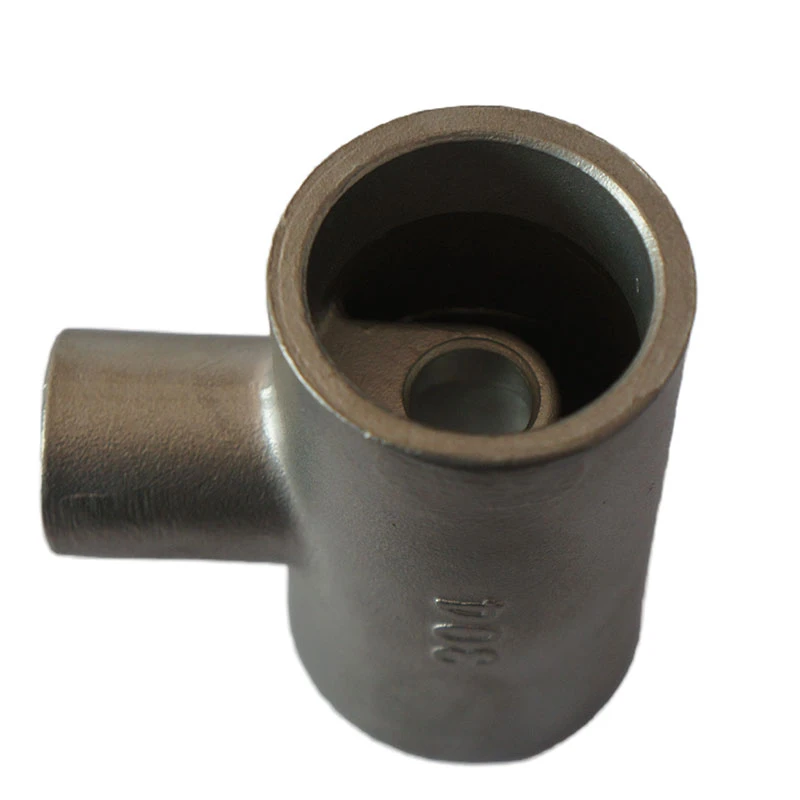high pressure casting
High Pressure Die Casting A Comprehensive Overview
High pressure die casting (HPDC) is a highly efficient and precise manufacturing process used to produce metal parts, predominantly from non-ferrous alloys such as aluminum, magnesium, and zinc. This method is notable for its ability to create consistently high-quality components with excellent dimensional accuracy and surface finishes. It plays a vital role across various industries, including automotive, aerospace, consumer electronics, and general engineering.
The process of high pressure die casting begins with the preparation of the molten metal, which is typically heated to a temperature above its melting point to ensure a uniform and fluid state. Once the metal reaches the desired temperature, it is injected into a metallic die at high pressure, usually ranging from 700 to 4000 bar. The high pressure forces the molten metal into the intricate cavities of the die, allowing for the creation of complex geometries that would be challenging to achieve through traditional manufacturing methods.
High Pressure Die Casting A Comprehensive Overview
In addition to its speed, HPDC also offers exceptional precision. The closed die system ensures that the final products exhibit tight tolerances, which is crucial for components that need to fit together precisely, such as engine parts or structural components in vehicles. Moreover, the excellent surface finish achieved through this method often eliminates the need for secondary machining processes, further reducing production time and costs.
high pressure casting

Another significant benefit of high pressure die casting is material conservation. The process generates very little waste, as the excess material can be collected and reused, significantly minimizing scrap rates. This is in line with the modern emphasis on sustainability and resource efficiency in manufacturing practices.
However, HPDC is not without its challenges. One of the main considerations in this process is the selection of appropriate alloys. Each metal has unique properties and behavior during melting and solidification, and careful attention must be paid to ensure a good quality final product. Furthermore, die maintenance is critical, as the intense pressures and temperatures can lead to wear and tear over time, requiring regular cleaning and potential repairs to maintain the consistency of production quality.
Moreover, certain parts with exceedingly complex geometries or large sizes may surpass the limitations of high pressure die casting. In such cases, alternative manufacturing techniques like low-pressure die casting or sand casting may be more suitable, allowing for greater flexibility and design options.
In conclusion, high pressure die casting stands as a cornerstone of modern manufacturing, perfectly marrying speed, precision, and material efficiency. As industries continue to evolve, the demand for lightweight, high-strength components that HPDC can provide will likely expand. Innovations in die design, alloy development, and process optimization will further enhance the capabilities of HPDC, ensuring its position as a preferred method for producing high-quality metal parts in a sustainable and economically viable manner. As manufacturers seek to improve their production processes and meet the demands of a dynamic market, high pressure die casting will undoubtedly play a pivotal role in their success.
-
Crawler Drilling Rig - Baoding Hairun|Confined Space Drilling&Mine SafetyNewsAug.15,2025
-
Drill For Confined Spaces-Crawler Mounted Drill Rig | Crawler Drill Rig for SaleNewsAug.15,2025
-
Premium OEM Auto Parts & Stamping - Reliable ManufacturersNewsAug.15,2025
-
Crawler Drilling Rig for Confined Spaces-Baoding Hairun MachineryNewsAug.15,2025
-
Drill For Confined Spaces - Baoding Hairun Machinery And Equipment Trading Co., Ltd.NewsAug.15,2025
-
Advanced Crawler Drilling Rig - Baoding Hairun Machinery | Underground Mining SolutionsNewsAug.14,2025















